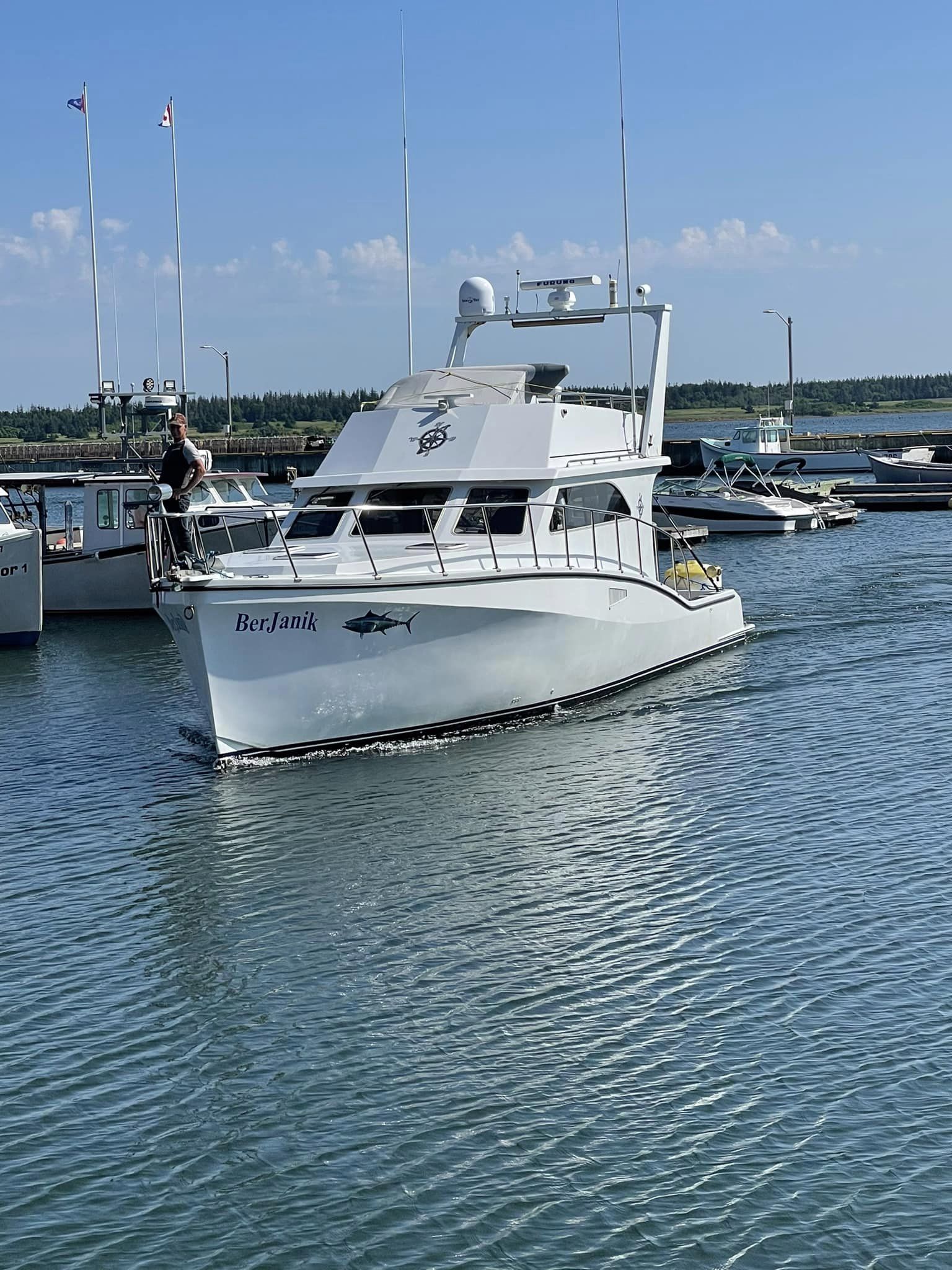
Canada trolling Atlantic bluefin tuna

Location & History
Located near Prince Edward Island on the east coast of Canada, an area with a rich history of bluefin tuna fishing. The pristine waters and favourable ocean currents create an ideal habitat for bluefin tuna. The bluefin tuna fishery on Prince Edward Island has been thriving for several decades, attracting anglers and fishing enthusiasts from around the world. The island's location, surrounded by the Gulf of St. Lawrence and the Northumberland Strait, provides easy access to these prime fishing grounds. The sustainable management practices and strict regulations have helped preserve the bluefin tuna population and ensure a sustainable fishery on the island.
How is the Tuna Caught?
In both commercial and sport fishing, fishers use a method of rod and reel. The bait used can vary, but popular choices include artificial lures, squid, or mackerel. Once a bluefin tuna is hooked, the fishers employ skill and strength to reel in these powerful fish.
Unique Features
The bluefin tuna caught off Prince Edward Island are known for their remarkable size, with some individuals reaching truly impressive dimensions. Bluefin tuna caught in these waters typically weigh between 250 to 1,000 pounds.
Gallery
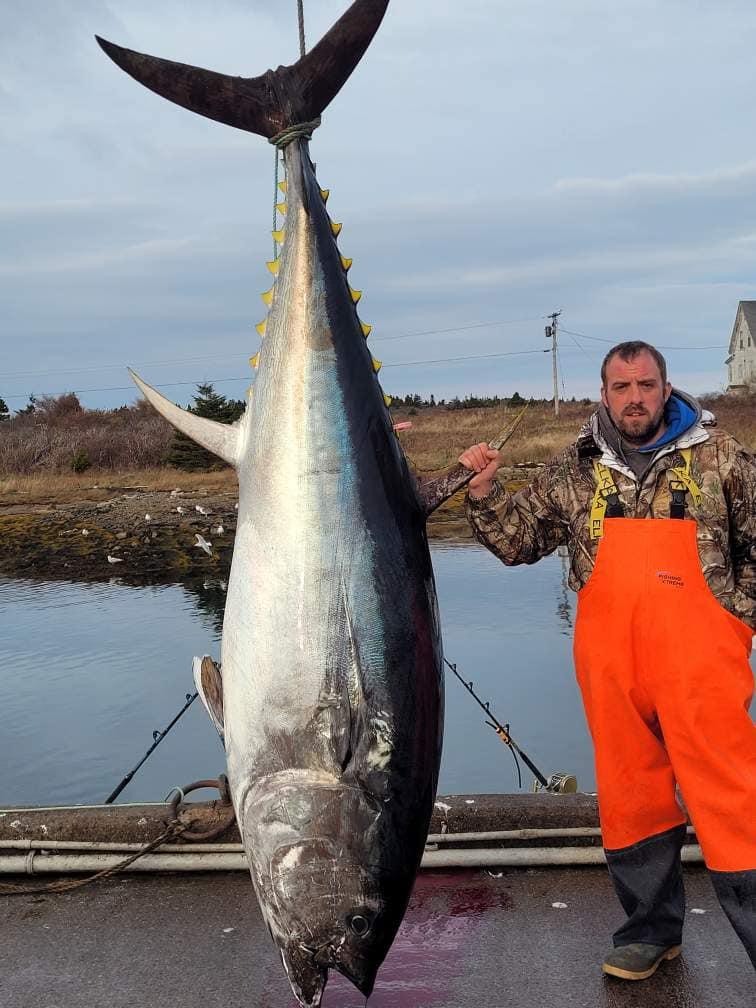
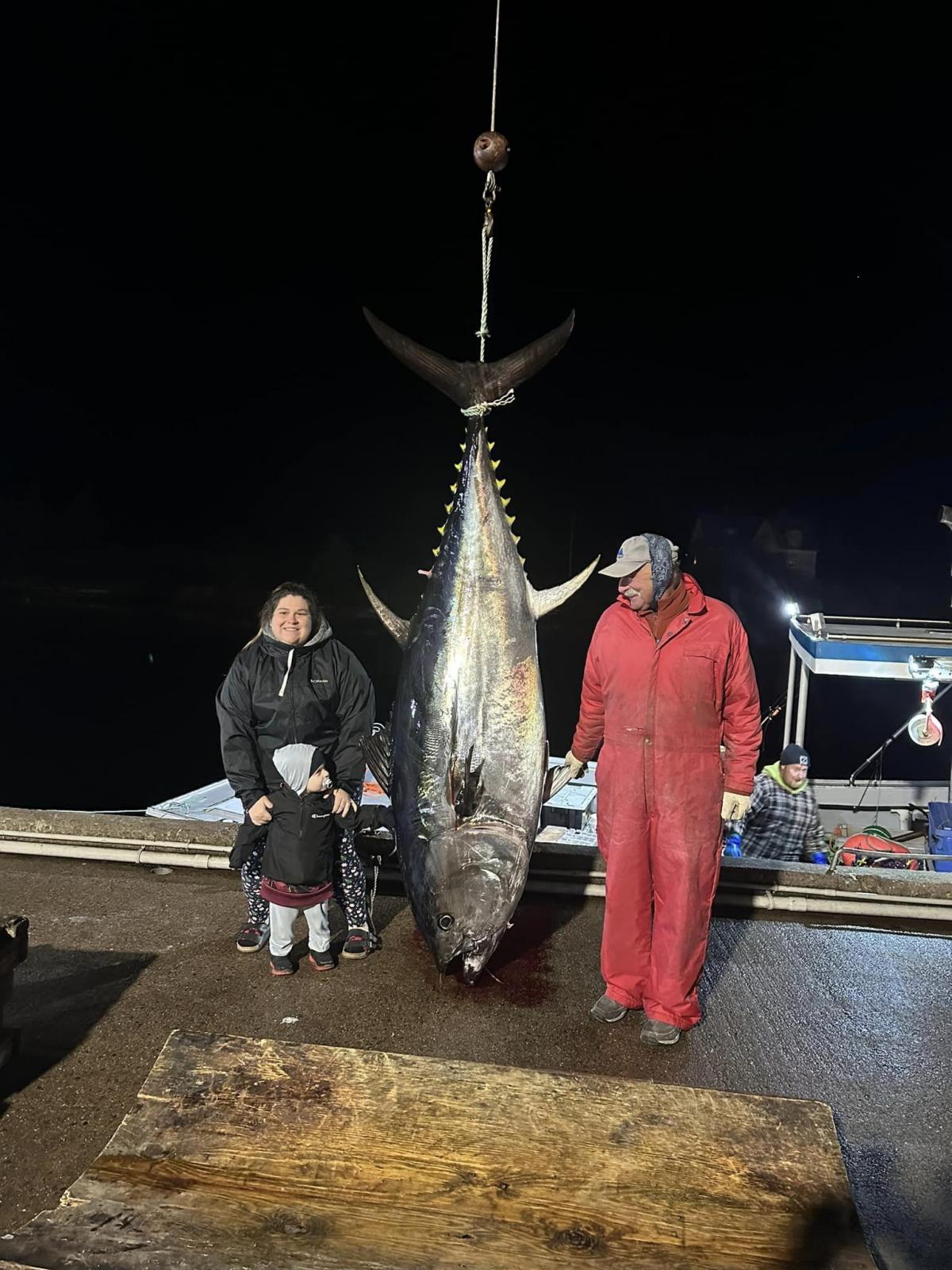
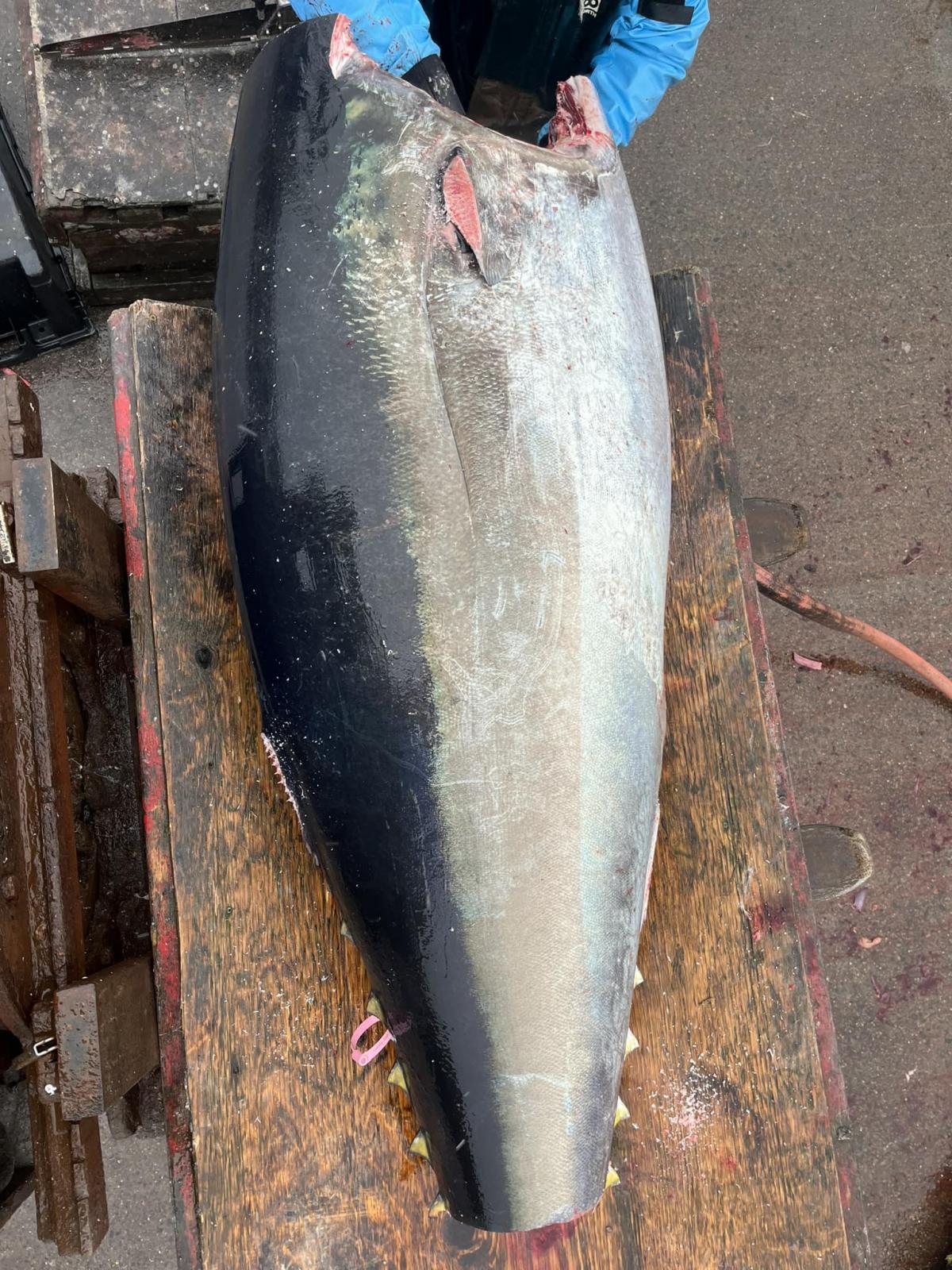
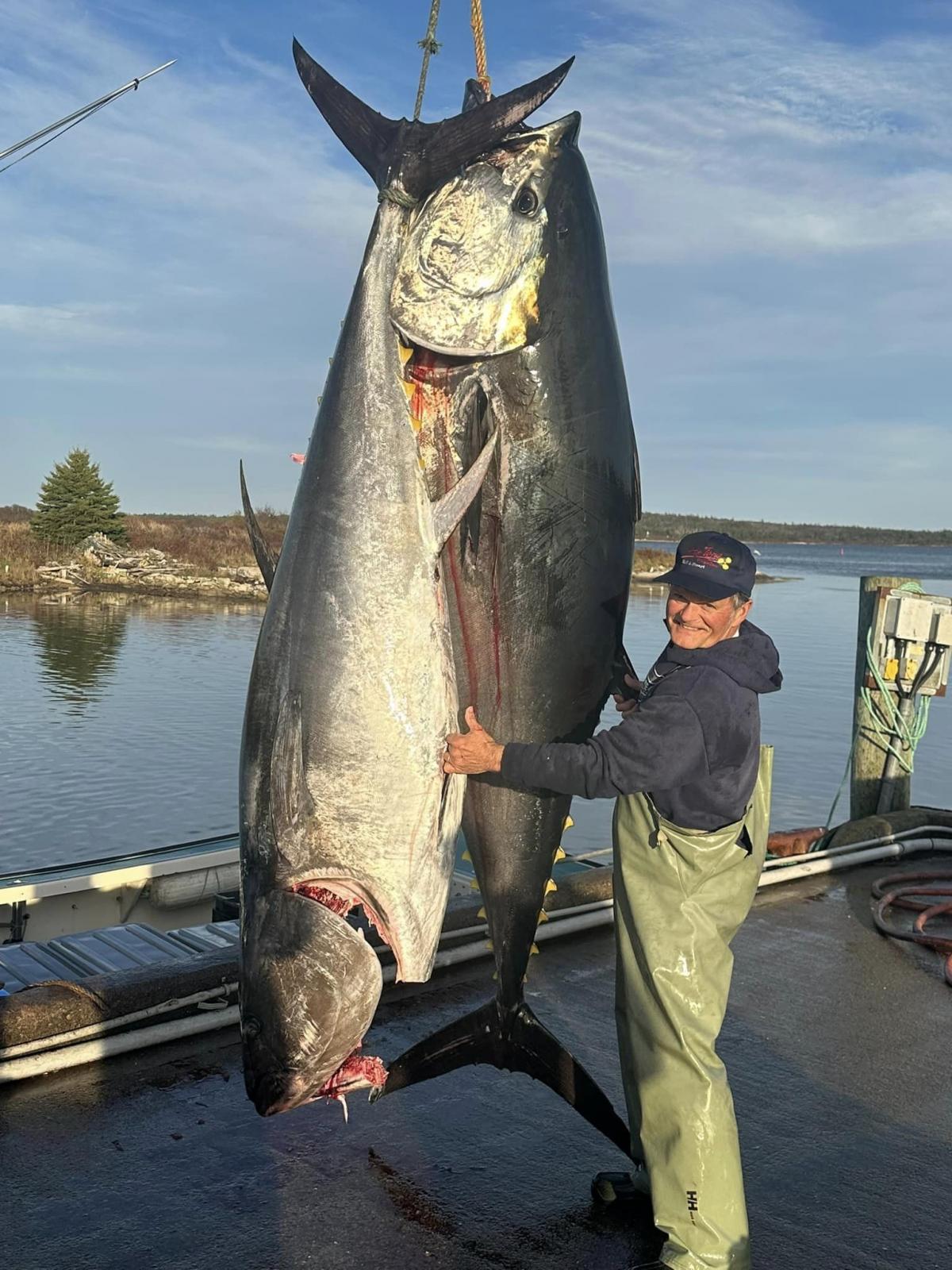
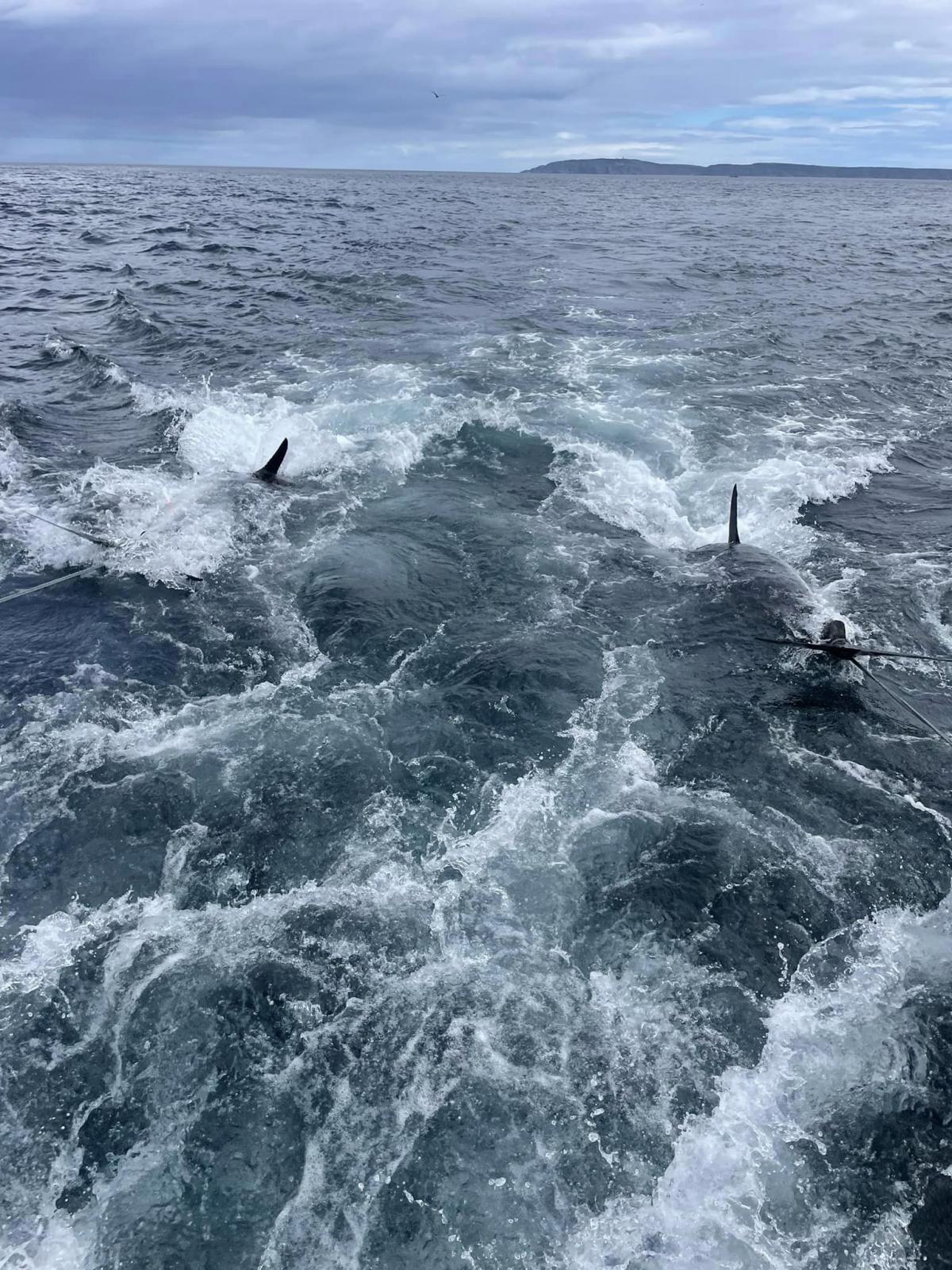
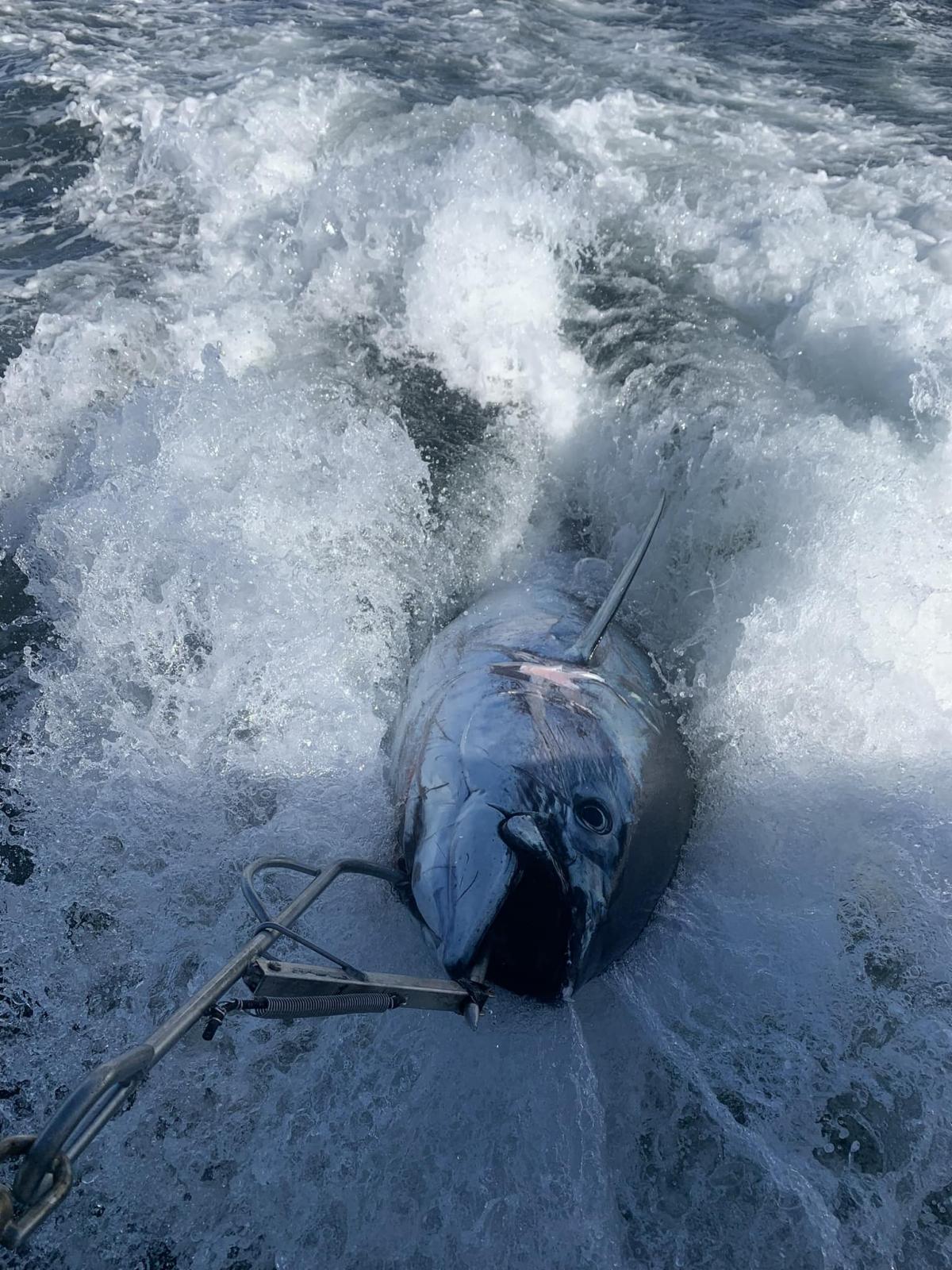
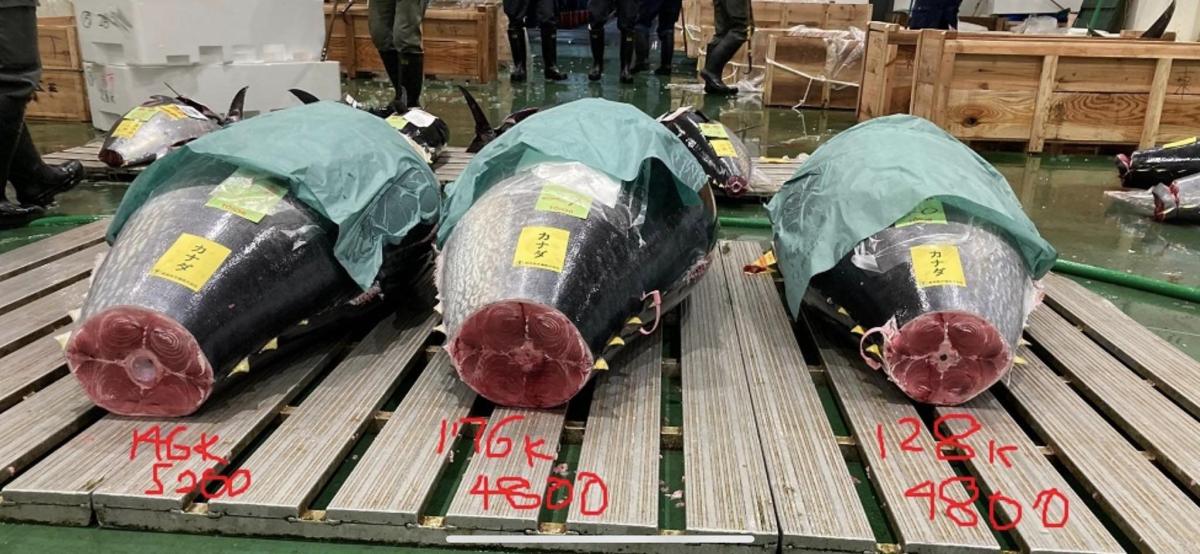
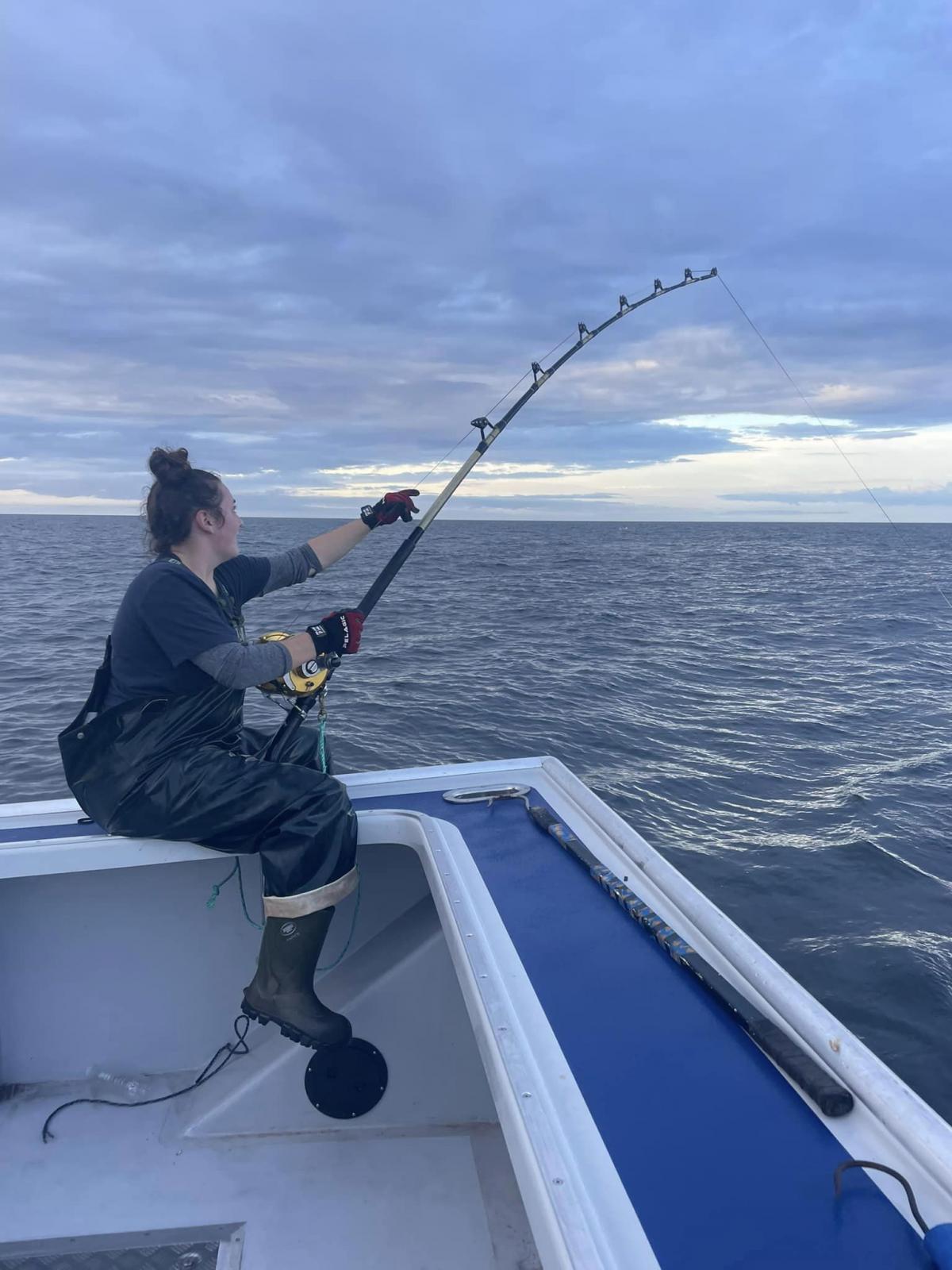

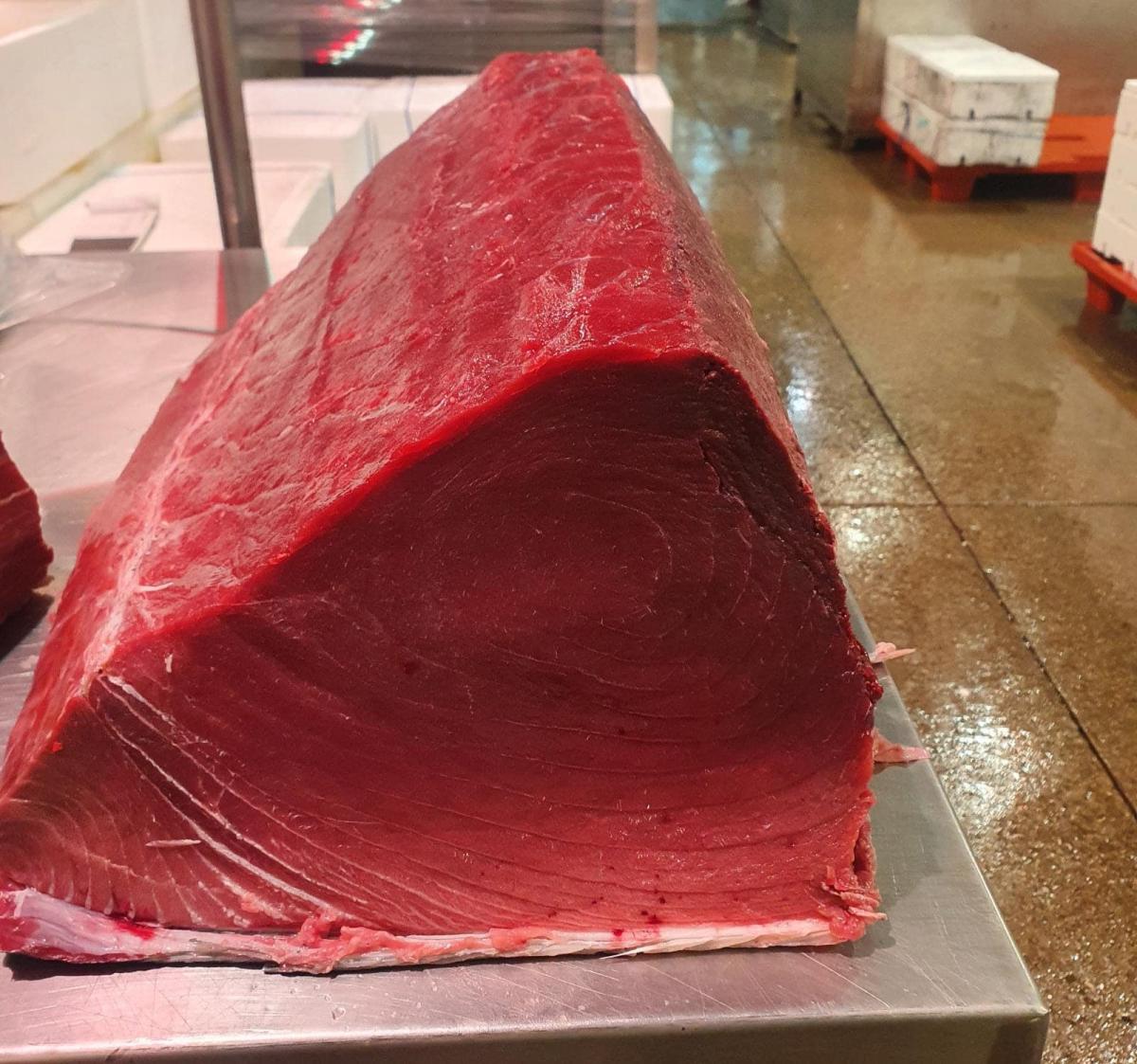
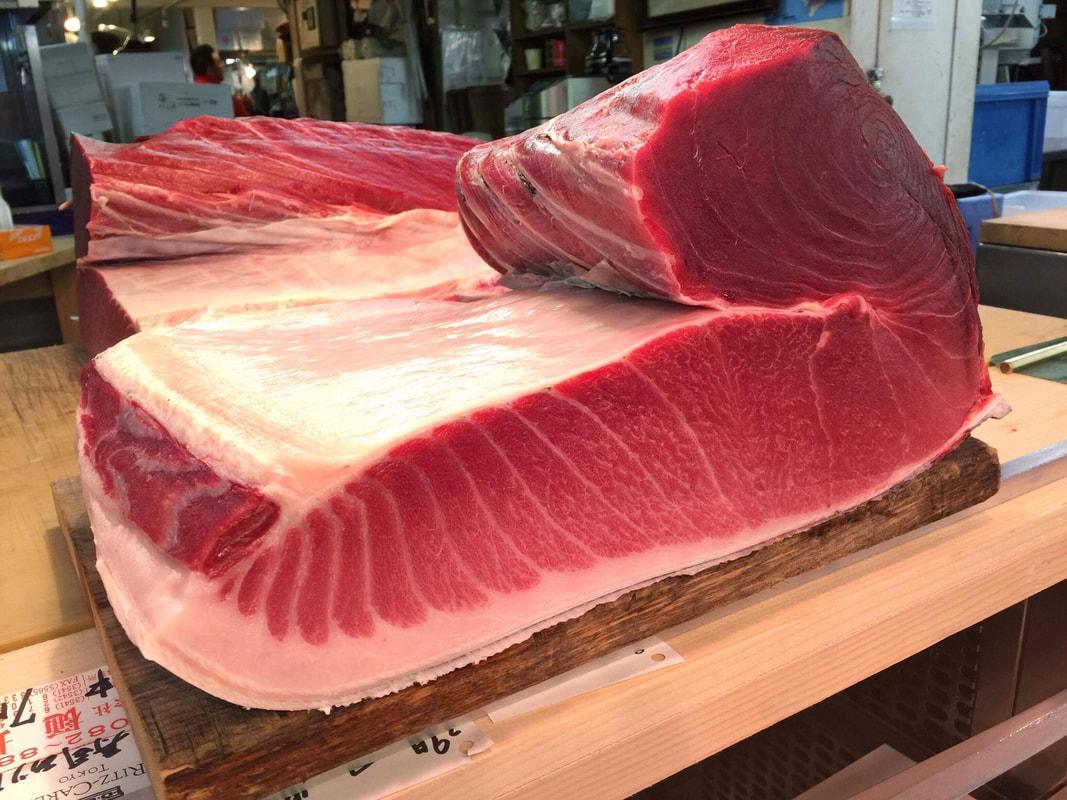
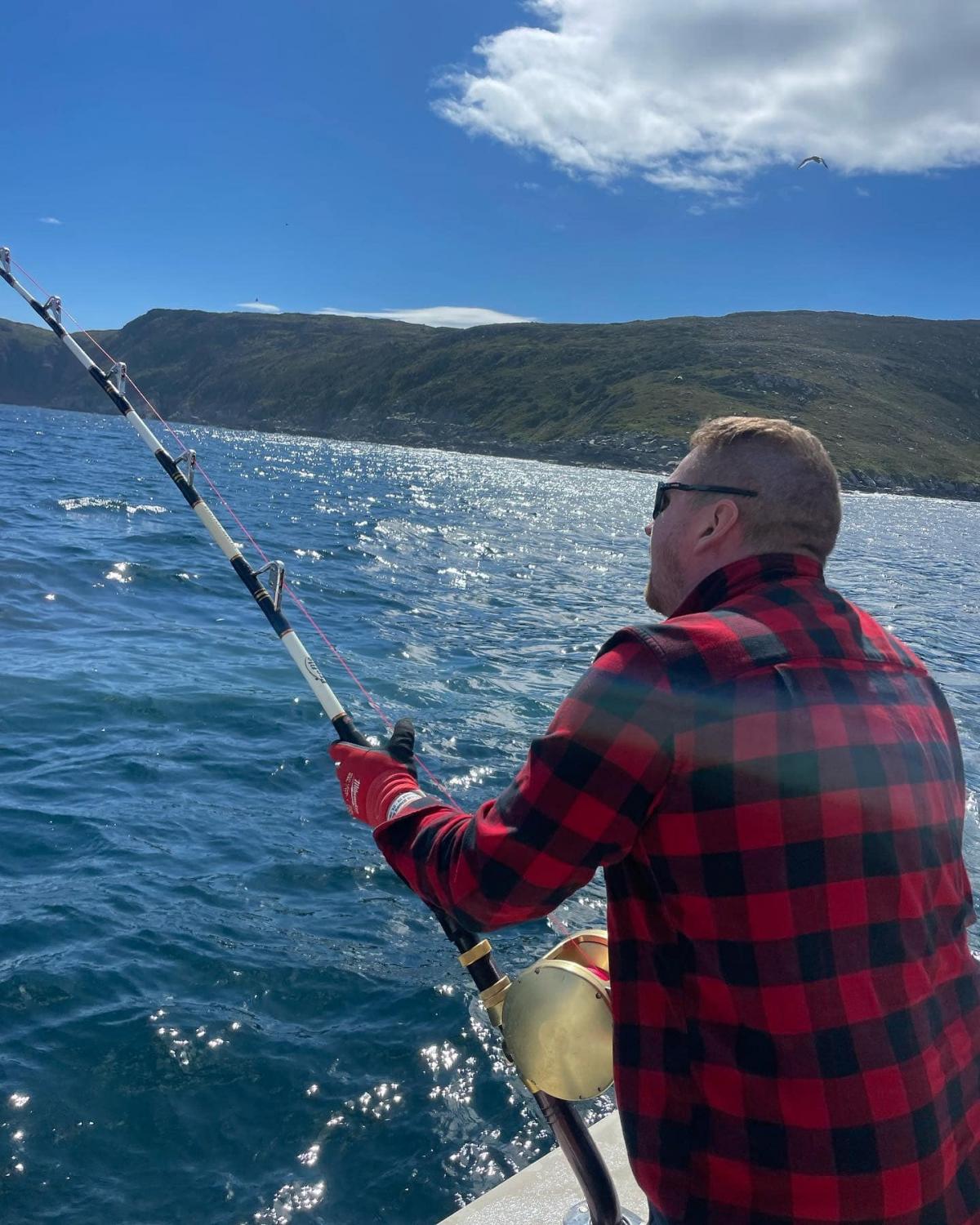
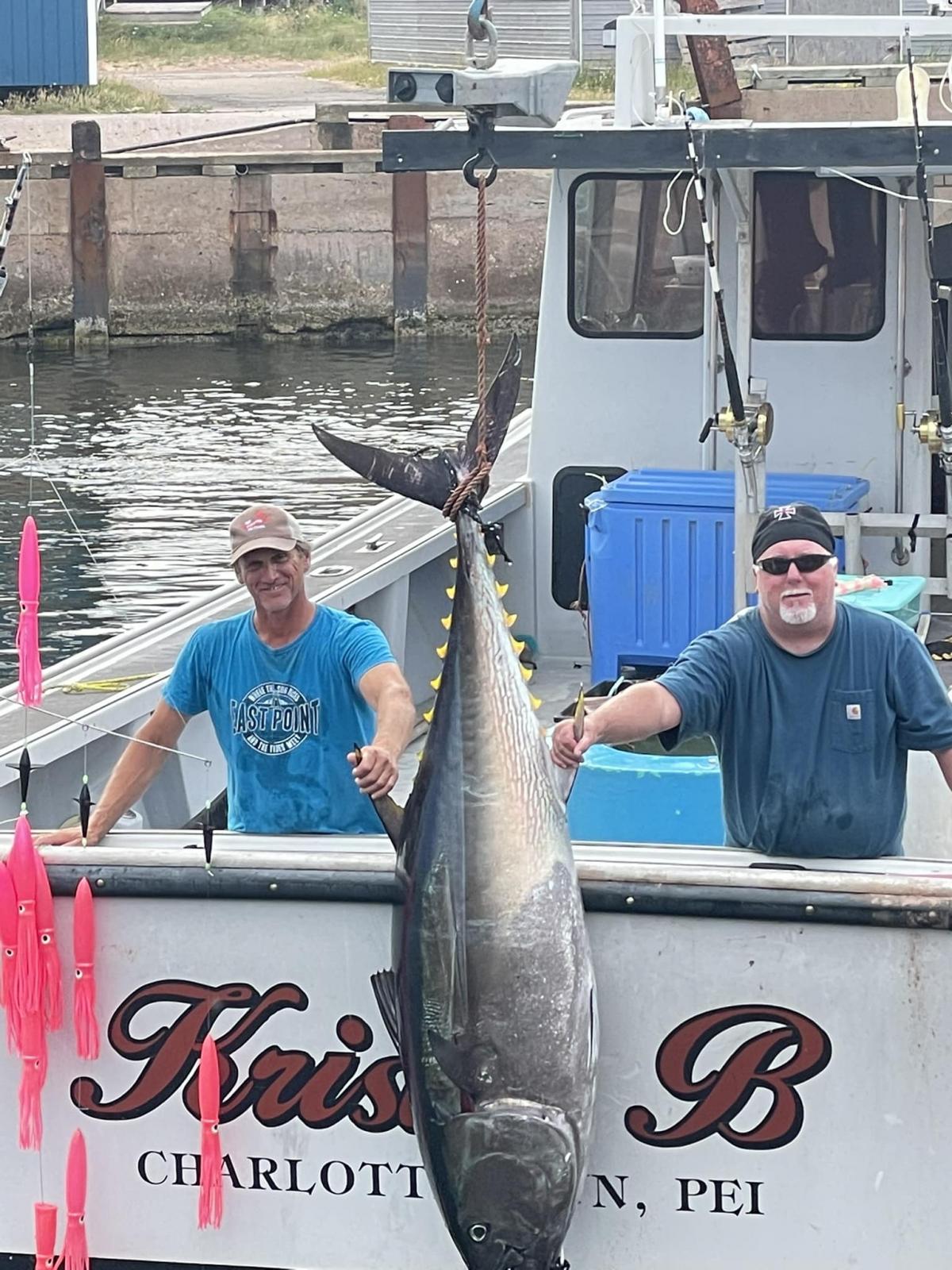
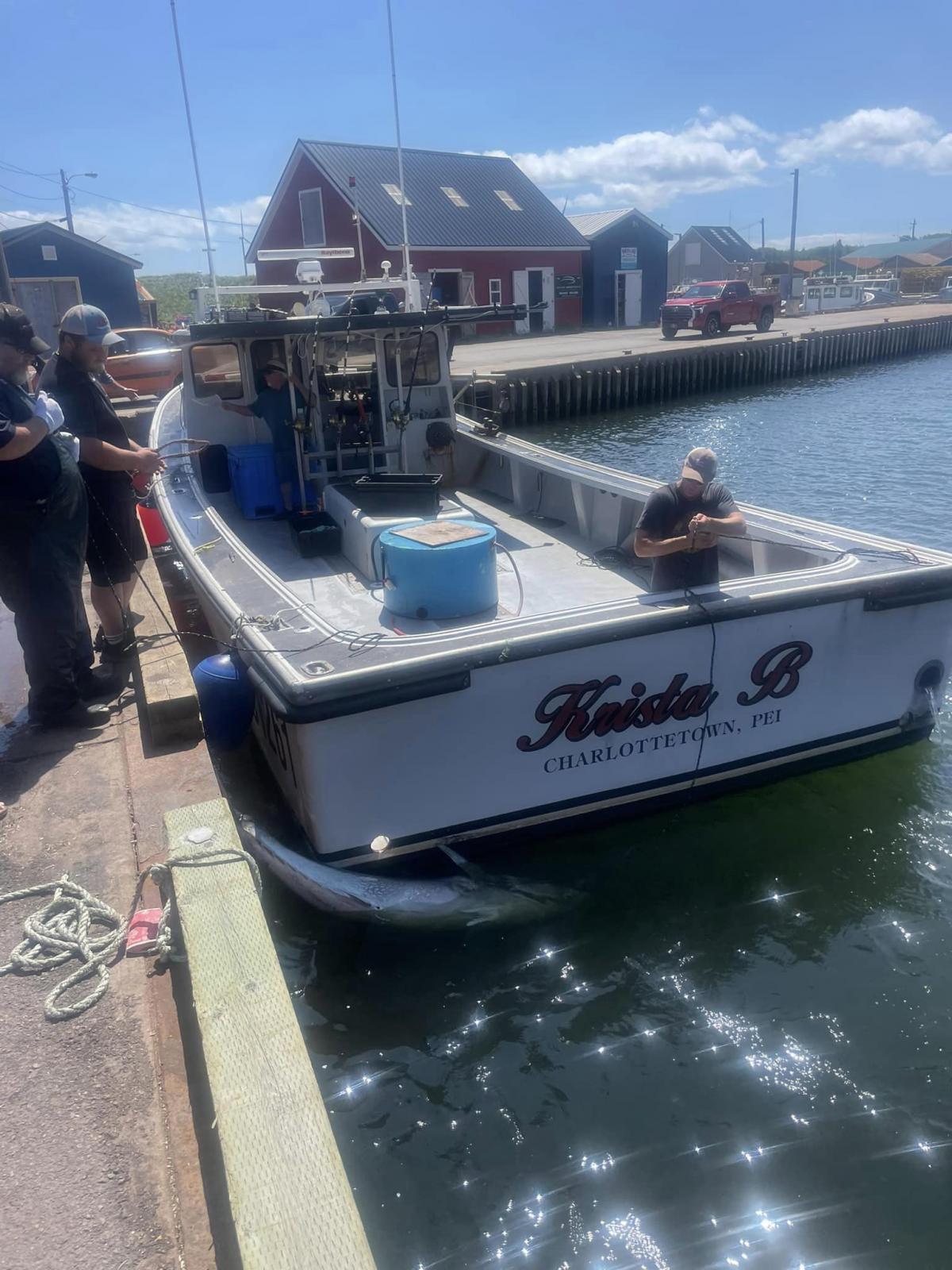
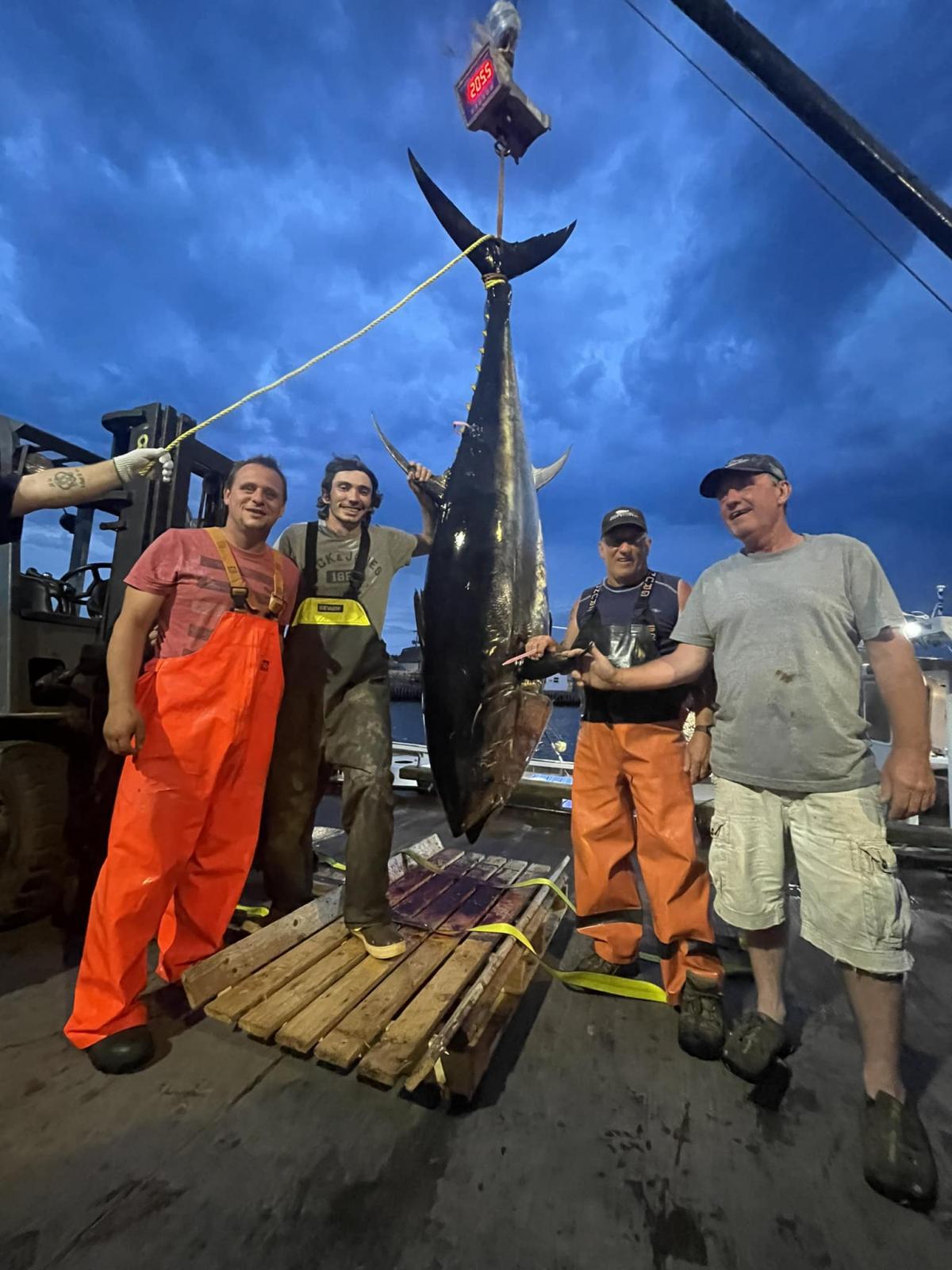
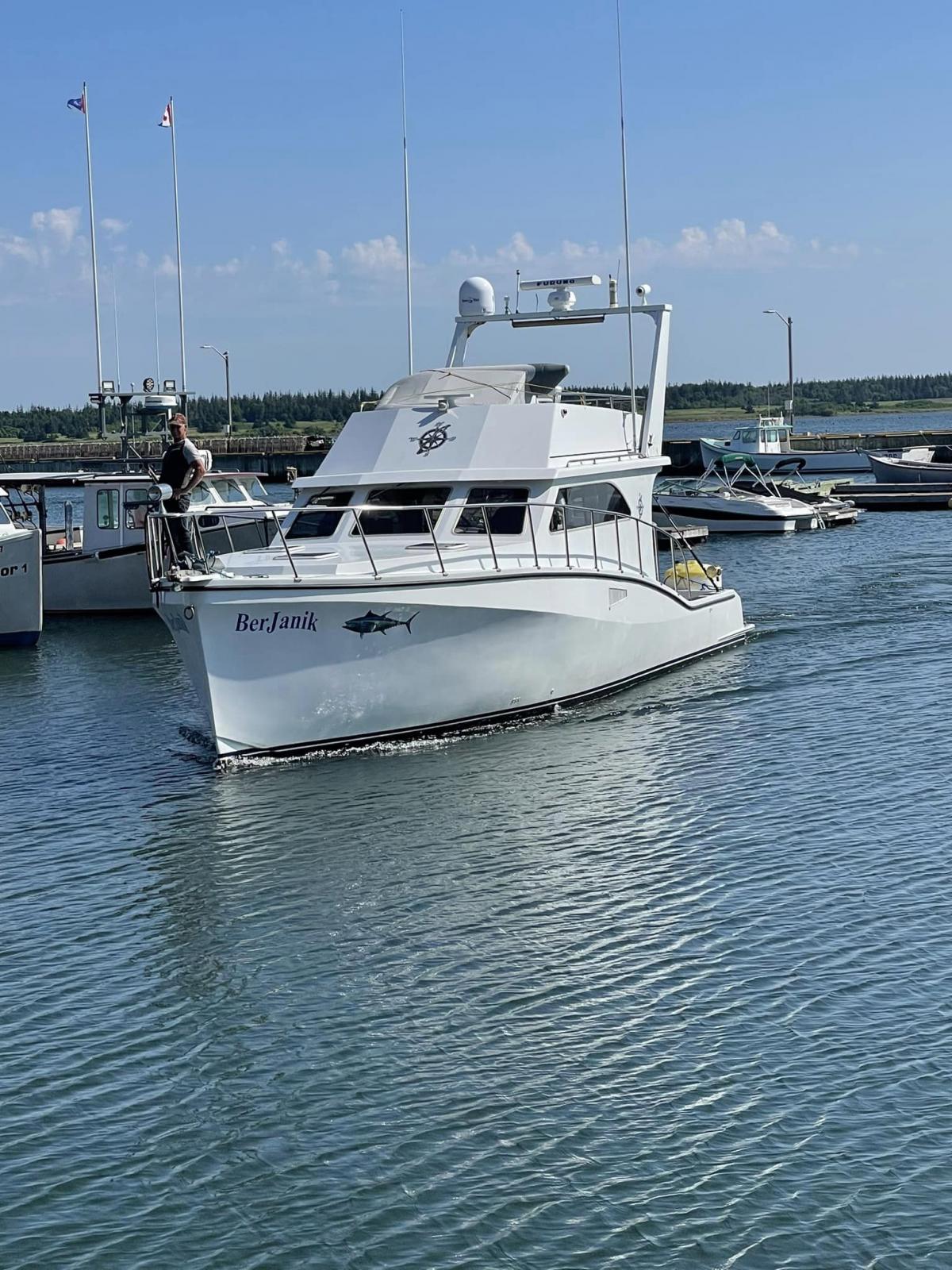

Meet the Fishers

Jason Tompkins
Jason Tompkins is the owner of One Tuna Inc., Canada’s first federally certified bluefin tuna processing facility, which opened in 2019.
Jason is originally from New Brunswick. His mother is from Grand Manan, NB where he spent time jigging mackerel from the wharf. “Although I grew up around a wharf, I never planned a career in the fish business. I attended Saint Mary’s University with aspirations of becoming a commercial banker.
“After working for an American tuna buyer for 10 years, I decided it was time to start my own business. I moved my family to PEI and settled in Kingsboro in 2013 and started

Target Species
Atlantic Bluefin Tuna

Fishing Gear
Trolling
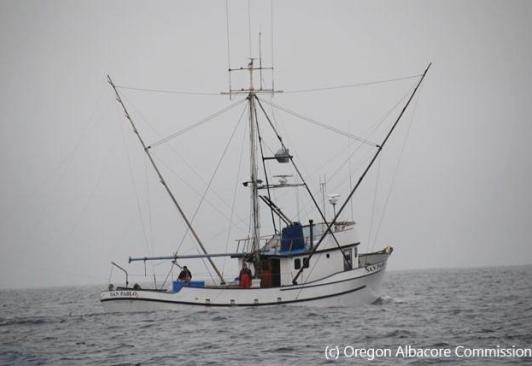

Regional Fisheries Management Organisation
International Commission for the Conservation of Atlantic Tunas (ICCAT)
Regional fisheries management organisations (RFMOs) are international bodies formed to manage fish stocks in an oceanic area. They include several countries with fisheries operating in that area, and some focus on particular species such as tunas. They are established through international agreements and treaties. RFMOs typically collect fishery statistics, assess fish stock conditions, monitor fishery activity and make fishery management decisions.
The International Commission for the Conservation of Atlantic Tunas (ICCAT) is an RFMO that is responsible for the management of tuna and tuna-like species in the Atlantic Ocean. In 2016 ICCAT celebrated it’s 50th anniversary, and due to the wide range of countries it covers, it is known by 2 other names and acronyms: ‘Commission internationale pour la conservation des thonidés de l'Atlantique’ (CICTA), ‘Comisión Internacional para la Conservación del Atún Atlántico’ (CICAA).
Stock Status Reports
West Atlantic Bluefin Stock Status
2021-09-01The stock status of a fish species signifies whether a species is 'overexploited', 'fully exploited' or 'underexploited'. Different organisations use different parameters to assign these labels. For example, the Food and Agricultural Organisation of the United Nations (FAO) deems any species to have less than 40% of it’s ‘unfished biomass’ to be overexploited.
The aim of assigning stock status to a species is to ensure that catches are kept at a level where future catches will not be affected, in other words, to maintain a healthy, viable population of fish.
In addition to biomass, spawning potential, catch trend and size-age composition may be used to determine stock status. These are important factors to consider as some species are more resilient than others and have different ecological features. For example, skipjack tuna represent the healthiest tuna stocks globally, and reaching maturity at just 1 year of age they have a high reproductive rate. However, they often aggregate with juvenile yellowfin tuna which are important to avoid as juveniles will not yet have had a chance to breed.
National Reports
Canada
2022-10-10National Reports are formal documents from members of the Tuna Regional Fisheries Management Organisation (tRFMO) in question. Each country that falls within the tRFMO must report on the state of their national fisheries in relation to the requirements of that tRFMO. They are normally presented to the annual Scientific Committee meetings by a credentialed head of delegation - considered national scientists. The tRFMO normally prescribes what the report should entail and how it should be structured, which would also include progress on key resolutions on conservation and management measures, and brief the ongoing scientific research of interest to the tRFMO.
